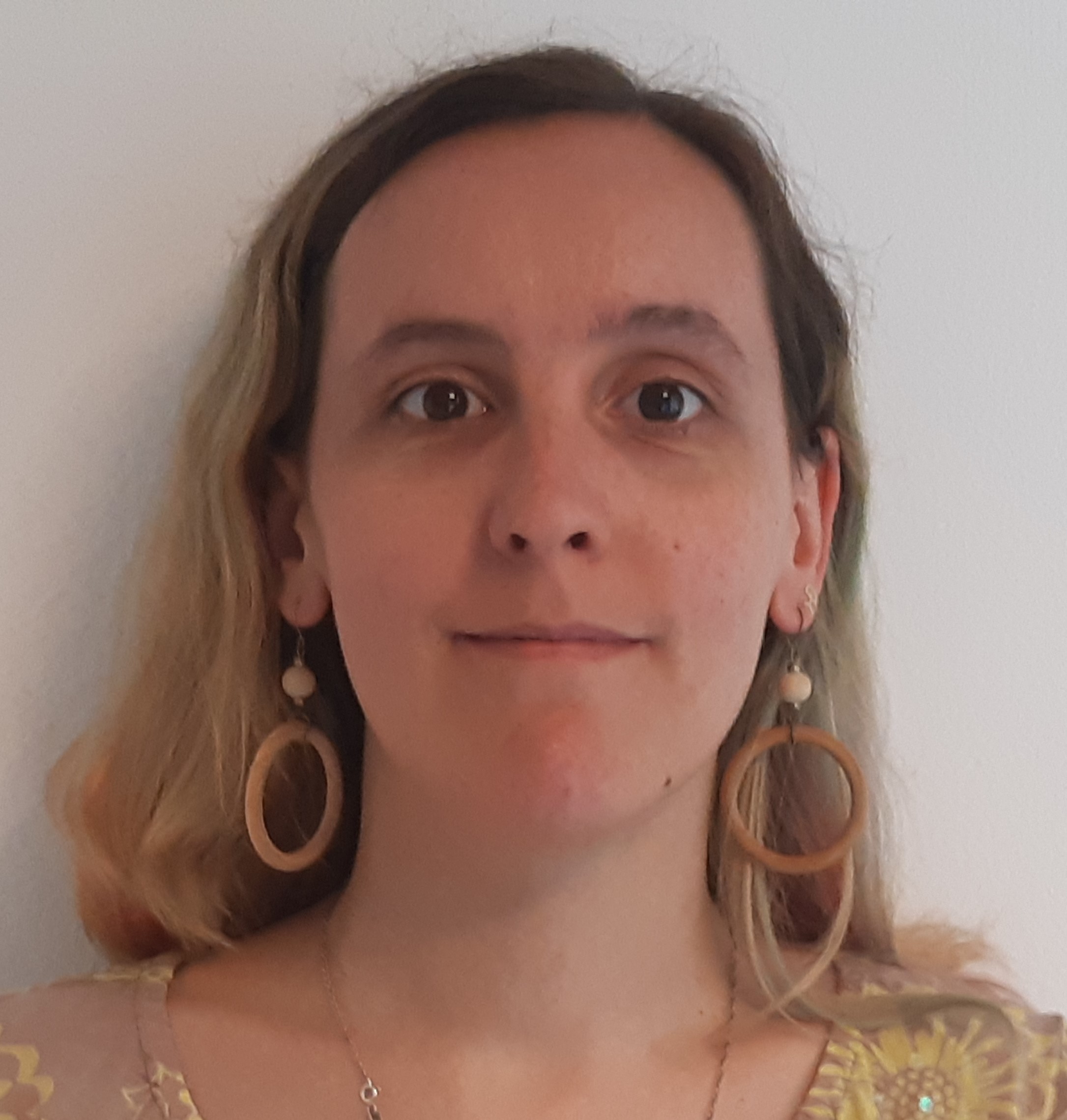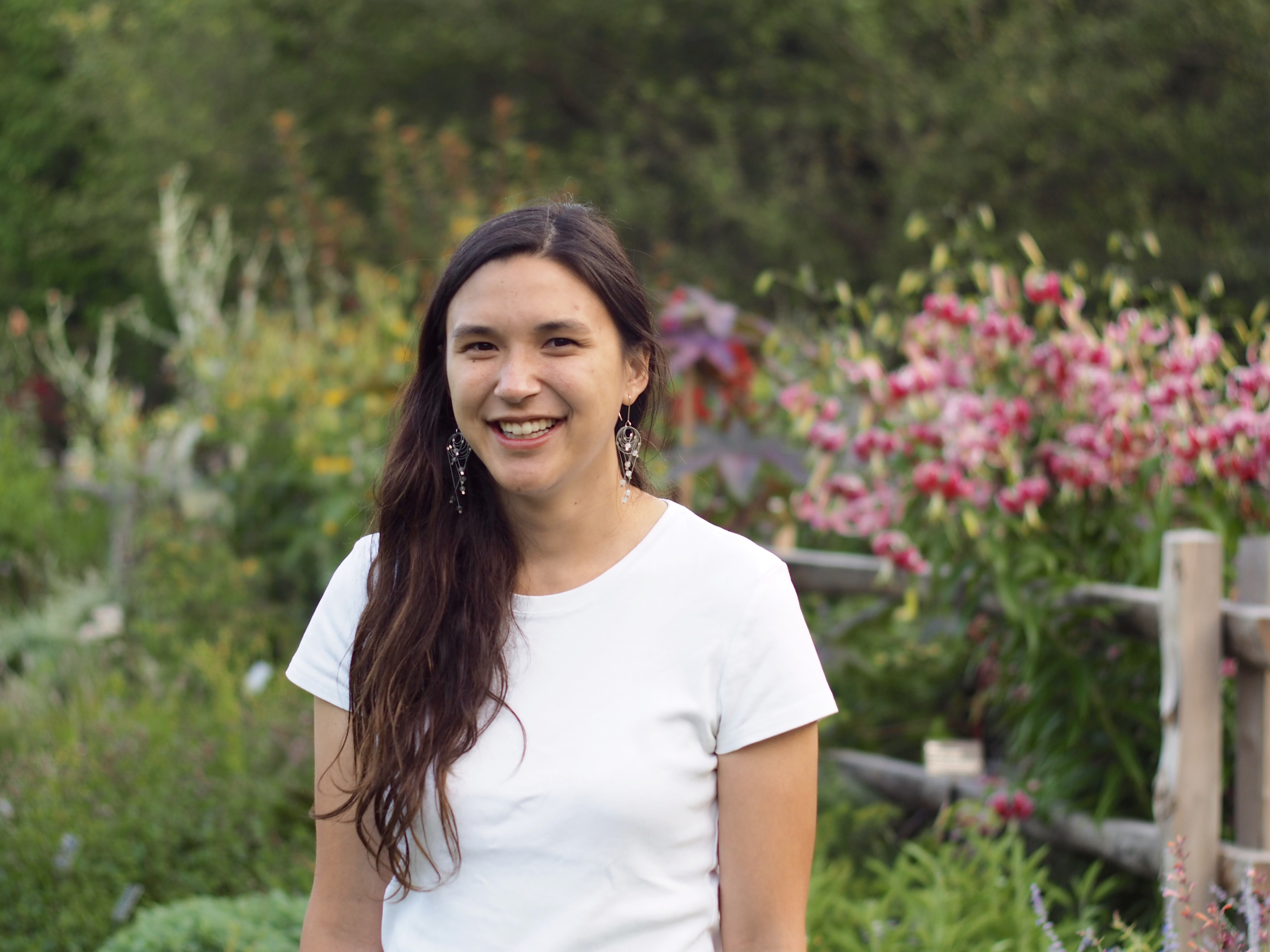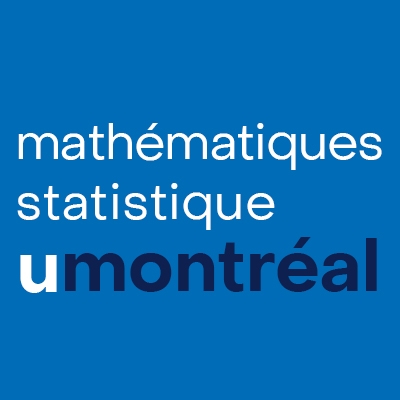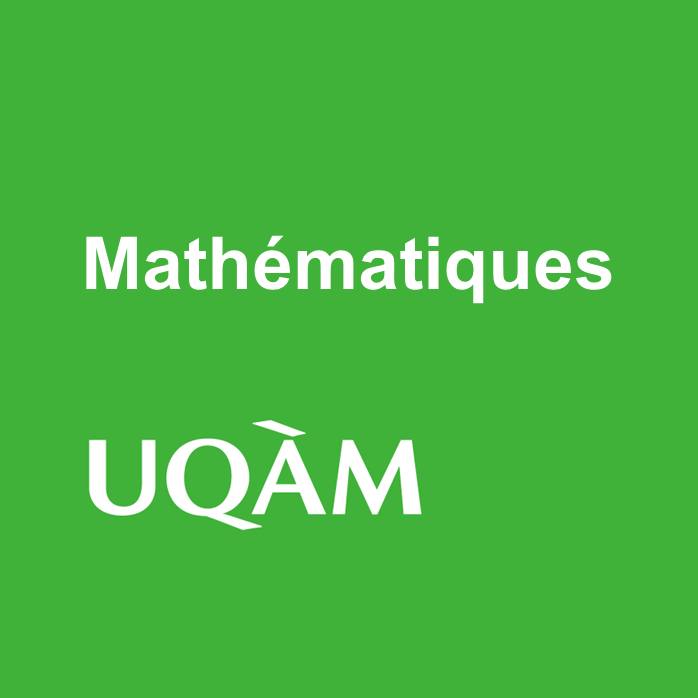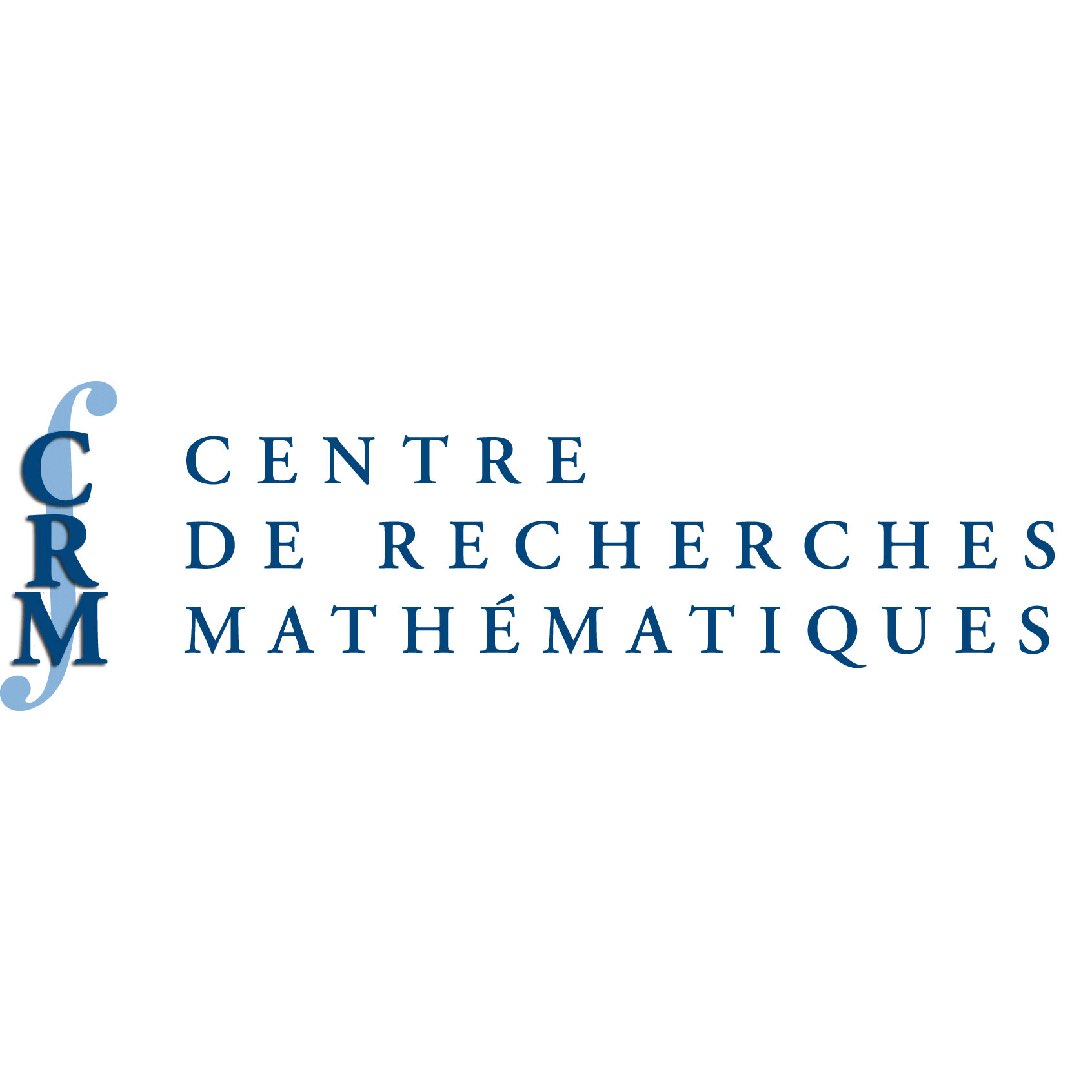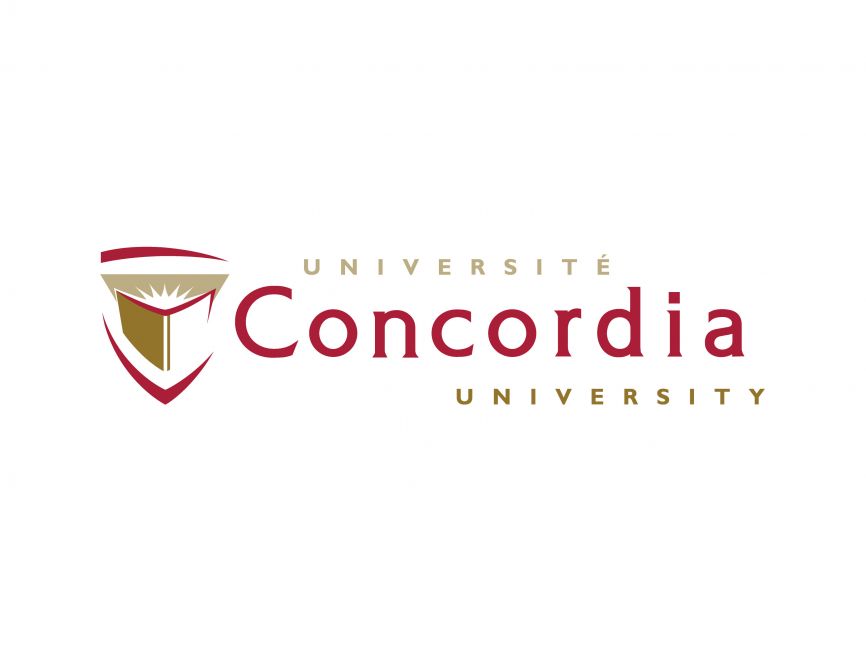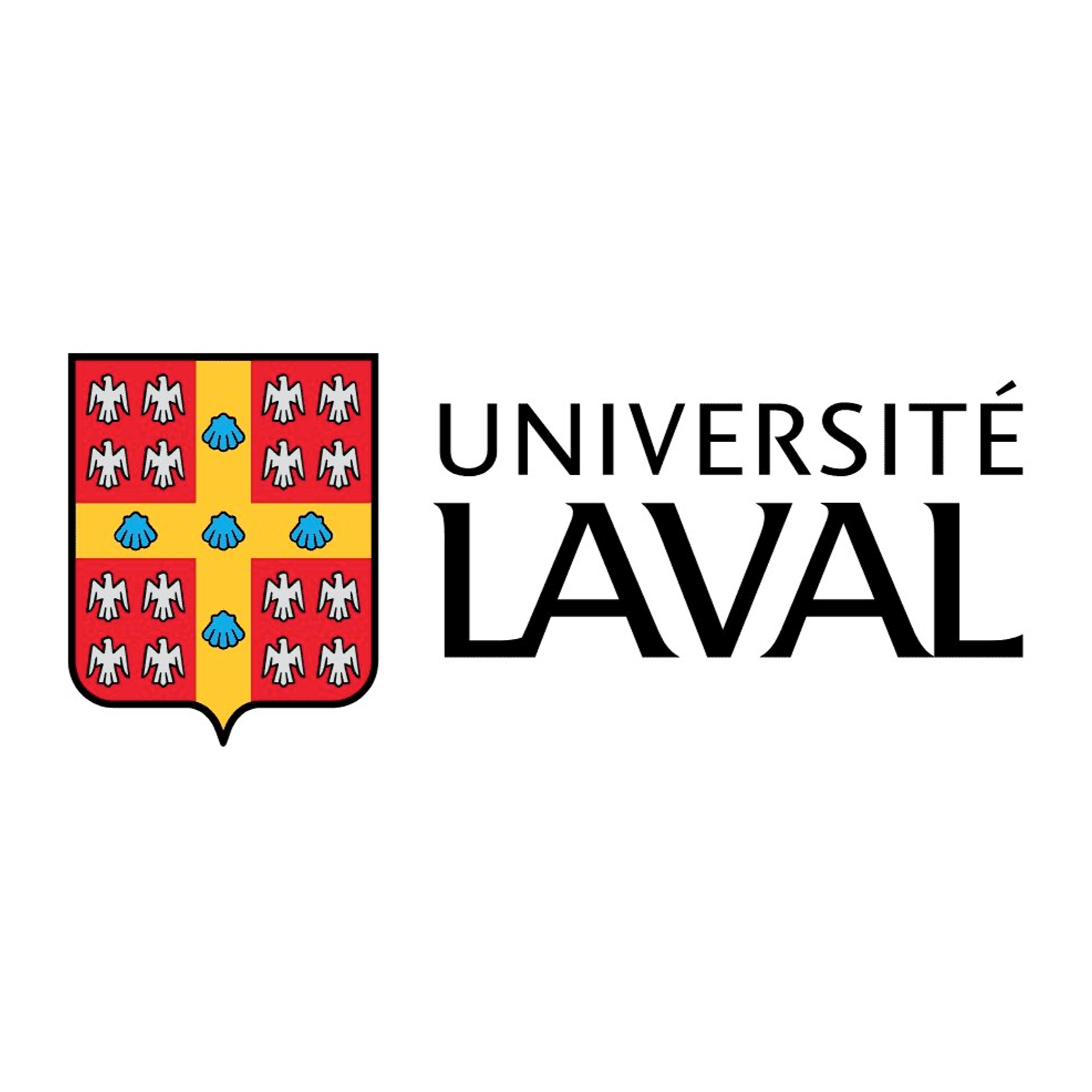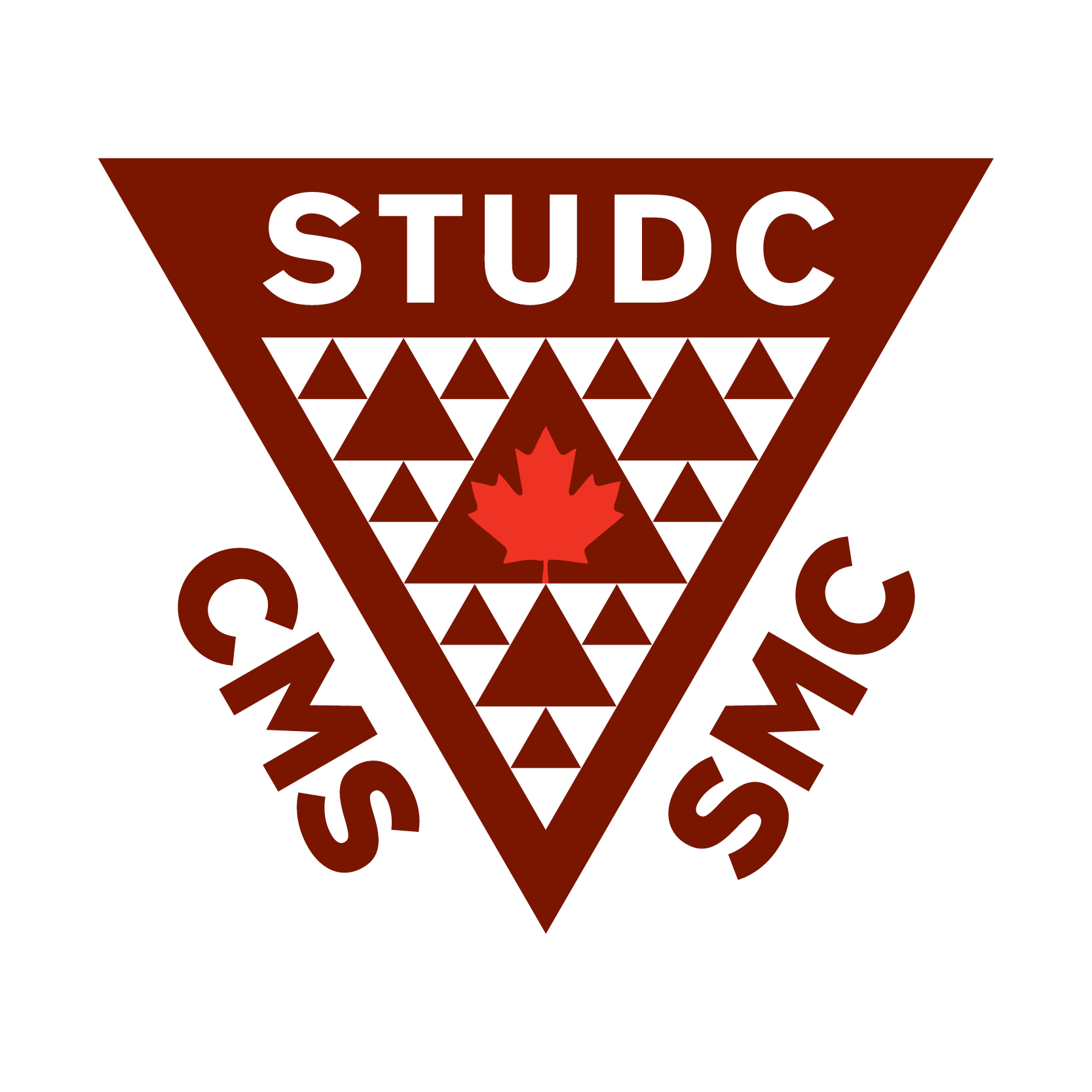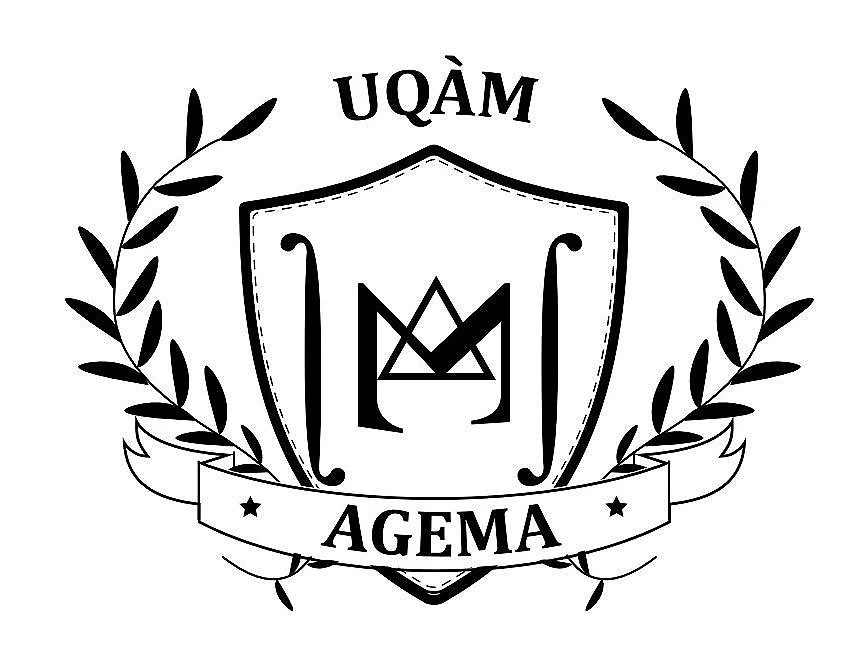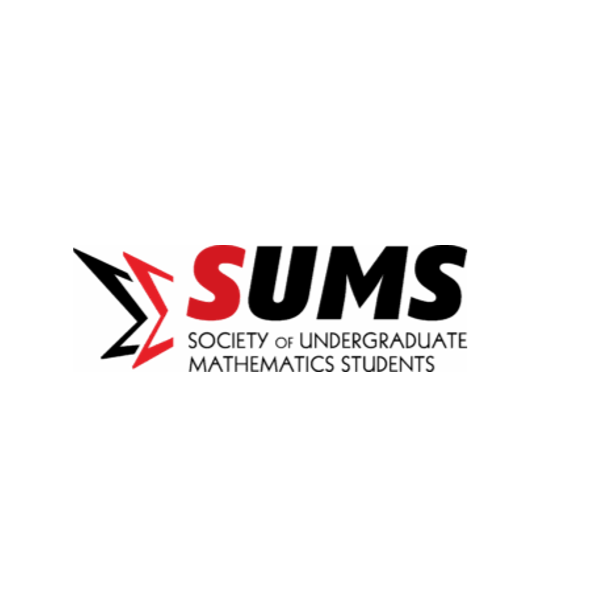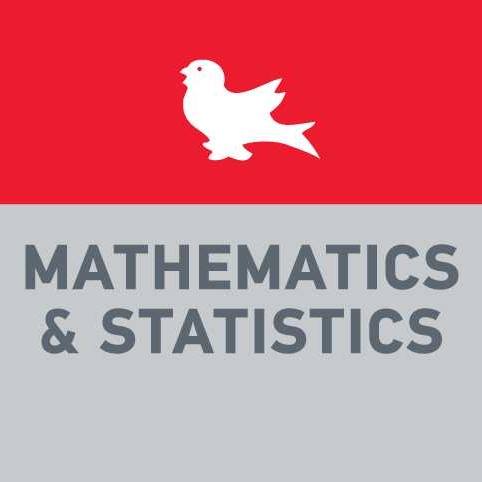SUMM 2026
The Seminars in Undergraduate Mathematics in Montreal
January 9 to January 11, 2026
MIL Campus × McGill University
Share Your Passion of Mathematics
The Seminars in Undergraduate Mathematics in Montreal (SUMM) are organized by undergraduate students from Montreal universities. The main objective is to create an environment facilitating the exchange of ideas and interests as well as allowing students to network.
The SUMM weekend is aimed at undergraduate students in mathematics or other related scientific fields. Graduate students are also welcome. This year, the conference will be held from January 9 to January 11, 2026.
The weekend consist of two days of presentations given by undergraduate students and invited professors. The presentations can cover a broad range of subjects, from mathematical physics to the applications of artificial intelligence as well as the history and philosophy of mathematics.
During the SUMM, students can choose to give a talk, or simply to attend presentations given by their peers. It's an occasion to share the passion for mathematics in a stimulating environment, while networking with other passionate students over the weekend.
We hope to see you there!
See you there?
Why attend the SUMM?
Meet people
Meet like-minded students and exchange ideas on your favorite mathematical topics
Expand your knowledge
Learn from student presentations on different subject of mathematics
Show your work
An opportunity to present your work and perfect your presentation skills
2025 Edition Schedule
| Friday January 10, 2025 | |||
|---|---|---|---|
| 18:00 - 18:45 | Check-in (at the ground floor cafeteria) | ||
| 18:45 - 19:00 | Opening remarks (Room AA-1160) | ||
| 19:00 - 20:00 | Keynote : Ewen Gallic (Aix Marseille Université) (Room AA-1160) | ||
| 20:00 - 22:00 | Wine and cheese (at the ground floor cafeteria) | ||
| Saturday January 11, 2025 | |||
| Room AA-1160 | Room AA-1355 | Room AA-1177 | |
| 8:30 - 9:30 | Check-in and breakfast | ||
| 9:30 - 10:00 | Benjamin Piché Les diagrammes et tableaux de Young et quelques applications |
Nathan Acheampong How difficult is mathematics? |
|
| 10:00 - 10:30 | Ben Merbaum Modular Forms, Lattices, and Hecke Operators |
Frédéric-Alexandre Lacasse De la topologie aux polynômes |
|
| 10:30 - 11:00 | Coffee break | ||
| 11:00 - 12:00 | Keynote : Iosif Polterovich (Université de Montréal) | ||
| 12:00 - 13:30 | Lunch | ||
| 13:30 - 14:00 | Rebecca Abi Abdallah Compter sans vraiment compter |
Axel Liu-Bai An Introduction to Topological Data Analysis |
Élisabeth Séguin Courbes elliptiques de haut rang |
| 14:00 - 14:30 | Charlotte Lavoie-Bel Mouvements de Reidemeister et modules sur des algèbres jacobiennes |
Allison Tsypin Small eigenvalues of the weighted graph Laplacian |
Hervé Guimond Isométries : plus intéressantes qu'on le pense? |
| 14:30 - 15:00 | Simone Tétu & Catherine Fontaine Identification de la racine d’un arbre aléatoire générique par attachement uniforme |
Alexandre Beaudry Probas et papis : comment les maths peuvent prévoir l'avenir |
Louis-Pierre Ménard Les fondements mathématiques de la détection de contours et de l'analyse d'images |
| 15:00 - 15:30 | Jesse Allen L'incroyable histoire du dernier théorème de Fermat |
Gabriel Borochof Universal Taylor Series |
Santiago Novoa Cattivelli Dynamics of Charged Spin-1/2 Particles in Curved Spacetime |
| 15:30 - 16:00 | Coffee break | ||
| 16:00 - 17:00 | Keynote : Chantal David (Concordia University) | ||
| 18:00 - | Dinner : St-Hubert (5235 Chem. de la Côte-des-Neiges) | ||
| Sunday January 12, 2025 | |||
| Room AA-1160 | Room AA-1355 | Room AA-1177 | |
| 8:30 - 9:30 | Check-in and breakfast | ||
| 9:30 - 10:00 | Part Gupta & Louis-Wei Improvements on the Diagonal Ramsey Numbers |
Ezzaddin Al-Ajrawi Inscribing Spheres in Wiggly Triangles |
Kindness Chen The Undecidability of the Tiling Problem |
| 10:00 - 10:30 | Laurence Liang Increasing the Rate of Convergence in Reinforcement Learning |
Elizabeth van Oorschot Succinct Zero-Knowledge Proofs Using Polynomial Commitments |
|
| 10:30 - 11:00 | Coffee break | ||
| 11:00 - 12:00 | Keynote : Linan Chen (McGill University) | ||
| 12:00 - 12:15 | Closing remarks | ||
Keynote Speakers 2026
Student talks 2025
Benjamin Piché, Université de Montréal
Les diagrammes et tableaux de Young et quelques applications
Les diagrammes de Young sont un outil simple en combinatoires qui nous permettent d’obtenir les partitions d’un entier. Il existe pourtant bien d'autres applications intéressantes à ces objets combinatoires en mathématiques pures, notamment en théorie des représentations. Dans cet exposé, nous explorerons les liens intimes entre les tableaux de Young et les représentations du groupe symétrique.
Note: This is a bilingual presentation: slides will be in English, but the oral presentation will be in French.
Nathan Acheampong, Université de Montréal
How Difficult is Mathematics?
This talk will begin with an introduction to computational complexity theory followed by an exploration of some links between the theory and real analysis. We'll look at some basic theorems of the complexity theory of real functions and discuss implications and equivalences between P vs NP and other open problems, and the difficulty of certain basic manipulations in analysis.
Ben Merbaum, McGill University
Modular Forms, Lattices, and Hecke Operators
I will introduce the theory of modular forms, which lay at the heart of analytic number theory and with rich connections to complex analysis. We will see how developing an action of functions on lattices, algebraic in nature, can allow us to decompose spaces of modular forms into Hecke eigenspaces, a purely analytic notion. This will allow us to answer a classical conjecture of Ramanujan.
Frédéric-Alexandre Lacasse, Université de Montréal
De la topologie aux polynômes
Souvent, on présente la topologie comme une variante de la géométrie; à l'exception que la topologie, elle, ne s'intéresse pas aux invariants locaux : on ne s'importe plus de la courbure ou de la torsion, mais plutôt des invariants qui sont préservés à déformation (homéomorphisme) près. À présent, en topologie différentielle, on se propose de généraliser le calcul différentiel et intégral sur des structures plus générales que des espaces euclidiens R^n : c'est ce qu'on appelle les variétés différentielles. Après avoir introduit des concepts et outils rudimentaires en théorie des variétés, je vous présenterai une application surprenante tant par son ingéniosité que par son originalité, soit celle de la démonstration d'un théorème célèbre sur les polynômes !
Rebecca Abi Abdallah, Université de Montréal
Compter sans vraiment compter
En théorie analytique des nombres, la résolution de nombreux problèmes, comme la conjecture des premiers jumeaux, celle de Goldbach ou le théorème des nombres premiers, revient à estimer asymptotiquement la taille d’ensembles spéciaux, impliquant souvent des nombres premiers. Pour aborder ces questions, on peut recourir à la théorie des cribles. Un crible est une technique permettant de borner le cardinal d’un ensemble après avoir éliminé les éléments ayant des "propriétés indésirables", telles la divisibilité par un nombre premier donné. Bien que cette méthode de comptage soit inexacte dû à la "filtration" des éléments qu'elle prend en considération, elle est souvent suffisante pour estimer la taille de l'ensemble, avec un certain terme d'erreur. Dans cette présentation, nous ferons une introduction sur quelques outils nécessaires à utiliser dans cette théorie avec une emphase sur le crible d’Ératosthène, une des méthodes les plus anciennes permettant de compter le nombre de premiers jusqu’à un certain seuil.
Axel Liu-Bai, McGill University
An Introduction to Topological Data Analysis
This talk provides an introduction to topological data analysis (TDA), a method for computing the homology of point clouds and extracting their significant topological features, like connected components and loops. We will discuss various ways of summarizing results, explore the computational process behind the programs producing these outputs and highlight some applications.
Élisabeth Séguin, Université de Montréal
Courbes elliptiques de haut rang
Les courbes elliptiques sont une famille de courbes algébriques très utiles en théorie des nombres. On peut introduire le concept de rang d’une courbe elliptique en étudiant la structure de groupe des points rationnels qui la composent. Plusieurs questions traitant du rang restent ouvertes à ce jour : existe-t-il des valeurs interdites pour le rang d’une courbe; existe-t-il une borne supérieure sur le rang? Cette présentation survolera les propriétés de base des courbes elliptiques et de leur groupe de points rationnels, et illustrera comment trouver une famille de courbes elliptiques de haut rang à travers un exemple.
Charlotte Lavoie-Bel, Concordia University
Mouvements de Reidemeister et modules sur des algèbres jacobiennes
On donne un aperçu de l'effet de certaines déformations appliquées à des nœuds, appelées mouvements de Reidemeister, sur des structures algébriques construites à partir de ces nœuds. Ces structures algébriques, appelées algèbres jacobiennes, proviennent de la donnée de multigraphes orientés, appelés carquois, associés aux nœuds. Puisqu’un carquois dépend de la projection du nœud dans $\mathbb{R}^2$ et est modifié par les mouvements de Reidemeister, l’algèbre jacobienne n’est pas un invariant de nœuds. On fournit donc une description explicite d’homomorphismes qui permettent de relier les algèbres jacobiennes d’un même nœud avant et après application de certaines suites de mouvements de Reidemeister appelées blocs de décomposition. On conclut en mentionnant que l’intérêt de ces homomorphismes est qu’ils peuvent s’étendre, via certaines représentations des carquois associés au nœud, aux modules sur les algèbres jacobiennes du nœud.
Allison Tsypin, McGill University
Small eigenvalues of the weighted graph Laplacian
We consider small eigenvalues of the Laplacian on weighted graphs. Otal and Rosas showed that on a hyperbolic surface of genus g, λ_{2g−2} ≥ 1/4. When Riemann surfaces degenerate, their Laplacian eigenvalues are well approximated by the eigenvalues of the discrete Laplacian on certain graphs constructed using the separation of the surface into pairs of pants by small geodesics. Motivated by this relation, we thus look at the discrete Laplacian on graphs. We consider the following question: given 1 ≤ k ≤ 2g−3, and a sequence of numbers 0 < μ_1 < μ_2 < . . . < μ_k, does there exists a graph G = G(μ_1, . . . , μ_k) such that on that graph, λ_i = μ_i? I present the simple cases of graphs with two and three vertices, as well as new results for the case of graphs with four vertices (which correspond to surfaces of genus three).
Hervé Guimond, Université de Montréal
Isométries: plus intéressant qu'on le pense?
Nous allons discuter de différentes isométries euclidiennes et d’un résultat très intéressant sur les surfaces euclidiennes qui va nous motiver à analyser des isométries hyperboliques.
Simone Têtu & Catherine Fontaine, Brown University & McGill University
Identification de la racine d'un arbre aléatoire généré par attachement uniforme
Nous motiverons et introduirons les algorithmes de recherche de la racine pour les arbres aléatoires générés par attachement uniforme. Étant donné une copie non étiquetée de l'arbre et un niveau de confiance choisi $\varepsilon$, ces algorithmes retournent un ensemble de sommets qui contient la racine avec une probabilité d'au moins $1 - \varepsilon$. Nous présenterons un résultat d'Addario-Berry et al. (2024) selon lequel, pour le meilleur algorithme de ce type, une cardinalité de $\exp(O(\sqrt{\log(1/{\varepsilon}})))$ suffit pour l'ensemble de sommets obtenu. À la lumière d'un résultat de Bubeck, Devroye et Lugosi (2017), cette borne est optimale.
Alexandre Beaudry, Université de Montréal
Probas et papis : comment les maths peuvent prévoir l'avenir
Les probabilités ne prennent pas leur retraite (mais elles peuvent aider à financer la vôtre). Cet exposé se veut une introduction à la modélisation de l'espérance de vie et à la planification de retraite, des techniques mathématiques utilisées quotidiennement par des actuaires et statisticiens du monde entier. Toutes et tous sont bienvenue, aucune connaissance en finances, en probabilité ou en statistiques n'est requise.
Louis-Pierre Ménard, Université du Québec à Montréal
Les fondements mathématiques de la détection de contours et de l'analyse d'images
Pour la présentation qui suit, nous aurons besoin de quelques définitions sur les pixels et sur les images dans le but d’expliquer un opérateur utilisé en analyse d’images. Cet opérateur, la convolution, est au centre de plusieurs opérations subséquentes qui permettent d’obtenir le contour d’une image. Quelques algorithmes de détection de contours seront présentés ainsi que quelques opérations usuelles sur les images seront démon trées. Pour finir, ce sera une ouverture vers les défis en apprentissage statistique que ce type d’analyse posent.
Jesse Allen, Université de Montréal
L'incroyable histoire du dernier théorème de Fermat
De son énoncé énigmatique à sa résolution plus de 300 ans plus tard, on verra les grands mathématiciens s'étant attaqué au dernier théorème de Fermat, leurs idées, et comment ils ont échoué. Sans trop rentrer dans les mathématiques (La dite preuve fait plus de 100 pages...) il sera tout de même possible de transmettre certaines idées et liens logiques qui ont permis de venir à a bout de ce théorème tout en transmettant son histoire. Pour les fans d'anecdotes mathématiques, vous serez comblé !
Gabriel Borochof, Université Laval
Universal Taylor Series
For all sets K, we denote A(K) to be the set of all functions which are holomorphic on the interior of K and continuous on the boundary of K. If O is open, then we denote H(O) to be the set of functions which are holomorphic on O. There exists a set of Taylor series which we call Universal Taylor series, denoted U(D), which have the following properties: They converge uniformly on the unit disk D and, if K is some compact set such that K is disjoint from D and such that the complement of K is connected, then the partial sums of the Taylor series are dense in the set A(K). In this talk, we will demonstrate that the set U(D) is dense-lineable, meaning that it contains an infinite dimensional vector space such that the elements of the vector space are dense in the set H(D).
Santiago Novoa Cattivelli, Bishop's University
Dynamics of charged spin-1/2 particles in superposed states minimally coupled to electromagnetism in curved spacetime within the WKB approximation
We investigate the curved-spacetime dynamics of charged spin particles minimally coupled to the electromagnetic field and propagating in superposed states of different masses. For that purpose, we make use of a Wentzel–Kramers–Brillouin approximation of the Dirac equation with a minimal coupling to the Maxwell field in curved spacetime. We obtain the spin dynamics as well as the deviation from geodesic motion of such particles. The problem of having the mass eigenstates experience different proper times, as opposed to the case of neutral particles, is here dealt with by first extracting the second-order differential equation obeyed by each superposition. This strategy proves to be not only powerful, but also very economical.
Louis Wei & Parth Gupta, McGill University
Improvements on the diagonal Ramsey numbers
In this talk, we will introduce the problem of estimating the upper bound on Ramsey numbers, a central problem in extremal combinatorics which has attracted significant attention since 1935. We will give an overview of last year's breakthrough which showed the first exponential improvement on this upper bound, and present our recent paper, which shortens the proof of this result and optimizes this bound even further. Link to our paper
Ezzaddin Al-Ajrawi, McGill University
Inscribing Spheres in Wiggly Triangles
It turns out that you can inscribe a sphere of matching dimension in a any topologically embedded simplex ("wiggly n-triangle"). What do you mean by inscribe? How do you know this? Is this generalizable? Answers to all these questions and more will be included in the talk!
This talk is based on a paper of mine:
Al-Ajrawi, Ezzaddin. 2024. “Inscribing Spheres in Topologically Embedded Simplices.” The American Mathematical Monthly 131 (9): 806–13. doi:10.1080/00029890.2024.2380233.
Kindness Chen, McGill University
The Undecidability of the Tiling Problem
This talk is a survey on the topic of the Tiling Problem, which asks if a given finite set of square tiles with colored edges can tile the plane such that neighboring edges have the same color. We look at R. M. Robinson’s proof of its undecidability, which proceeds by way of a special set of aperiodic tiles.
Laurence Liang, McGill University
Increasing the Rate of Convergence in Reinforcement Learning
Reinforcement learning (RL) methods can be very useful to identify an optimal policy mapping the observation space to the action space, but can take a very long time to converge, if any convergence is observed. This applied math talk analyzes the theoretical conditions needed for convergence for RL problems and identifies numerical approximations that can be used to increase the rate of convergence.
Elizabeth van Oorschot, McGill University
Succinct Zero-Knowledge Proofs Using Polynomial Commitments
This talk is an introduction to the world of zero-knowledge proofs. After introducing the general concepts, we look at zero-knowledge Succinct Non-Interactive Arguments of Knowledge (zk-SNARKs), which are a type of zero-knowledge proof that has gained popularity recently due its properties (succinctness and non-interactivity) which are convenient for many applications. We explore commitments, a tool used to create zero-knowledge proofs, and learn how the KZG polynomial commitment works, as well as the properties that motivate its construction. Armed with this, we tackle the simple example of succinctly proving the sum of two arrays in zero-knowledge. Finally, we briefly visit topics that extend our example beyond the scope of the presentation, as well as some motivating applications.

